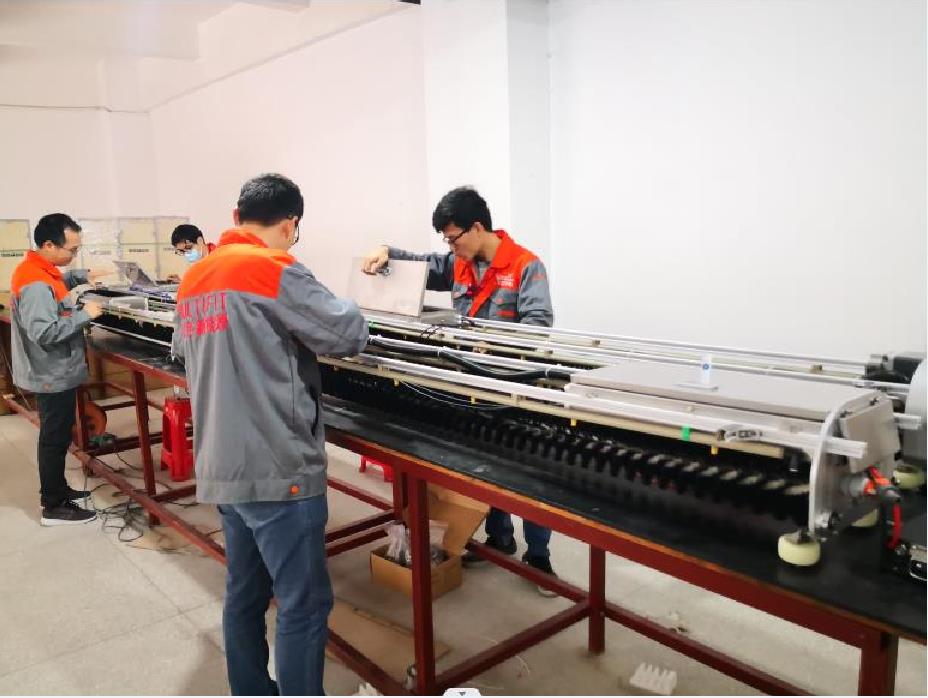At the beginning of this century, China'sphotovoltaic industry is still in its infancy, China's photovoltaic productsaccounted for very little global market share, 20 years of the world'sphotovoltaic industry landscape has undergone tremendous changes, China'sphotovoltaic industry first experienced the stage of brutal growth, by 2008 China'sphotovoltaic production capacity has surpassed Germany, ranking first in theworld, the proportion of production capacity accounted for nearly half of theworld. With the spread of the global economic crisis in 2008, Chinesephotovoltaic enterprises have also been hit. Since 2011, the United States, theEuropean Union, Japan, India and other major economies in the world havelaunched anti-dumping and countervailing investigations into China's PVindustry, which has fallen into a period of confusion, with domestic PVcompanies competing viciously and a number of Chinese PV companies sufferinglong-term losses and going bankrupt. 
The Chinese government has supported andsubsidized the PV industry for many years, and at the early stage of PVindustry development, local governments offered attractive preferentialpolicies and loan terms for PV projects when attracting investment due toperformance considerations, and PV enterprises were mainly concentrated in theYangtze River Delta region, such as Jiangsu and Zhejiang. In addition, thepollution problem caused by solar panel production has triggered massiveprotests by residents. China's State Council introduced a subsidypolicy for PV power generation in 2013, and China's installed PV capacitysurged from 19 million kilowatts in 2013 to about 310 million kilowatts in2021. The Chinese government began phasing out subsidies for PV and wind powerstarting in 2021. Due to the incentives introduced by theChinese government and technological innovations in the PV industry, theaverage cost of global PV manufacturing has fallen by 80% in a decade, whichhas led to exponential growth in PV manufacturing capacity, and China has anabsolute price advantage in PV module production costs, which are 35% lowerthan Europe, 20% lower than the US, and even 10% lower than India. 
The US, EU and China have all set targetson controlling warming and increasing the use of renewable energy until carbonneutrality is achieved. The Biden administration intends to expand the use ofsolar energy in order to start achieving the goal of reducing carbon emissions.The U.S. government has set a goal of zero emissions by 2035, when all U.S.electricity will be provided by solar, wind and nuclear power. The EuropeanUnion in 2020 renewable energy generation for the first time more than fossilfuels, the EU will further increase the market share of renewable energy, solarand wind energy is the main goal. The European Commission proposes to reducegreenhouse gas emissions by 50% by 2030 and achieve carbon neutrality by 2050.China proposes that by 2030, the proportion of non-fossil energy in primaryenergy consumption will reach about 25%, the total installed capacity of windand solar power will reach more than 1.2 billion kilowatts, and carbonneutrality will be achieved by 2060. 
|

 6 Keji west road. Hi-Tech Zone Shantou City, GuangDong,China
6 Keji west road. Hi-Tech Zone Shantou City, GuangDong,China +86-0754-81888658
+86-0754-81888658 multifit@multifitele.com
multifit@multifitele.com